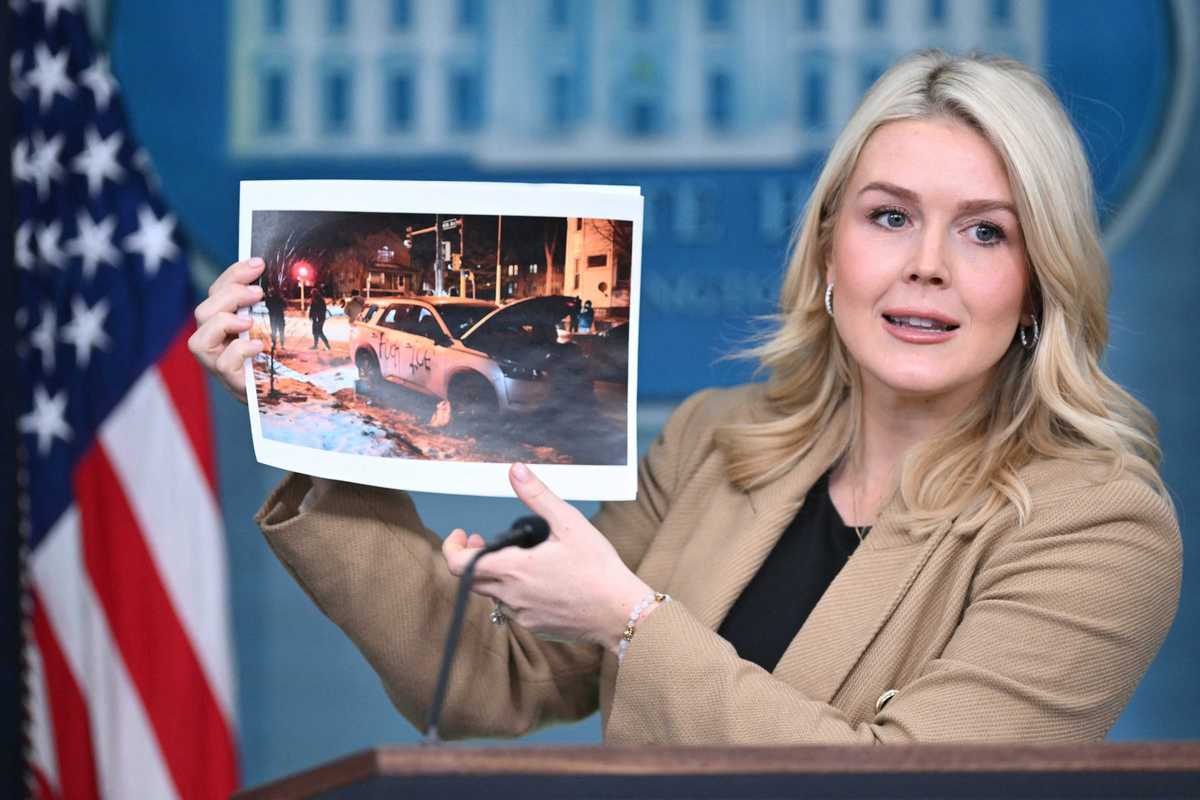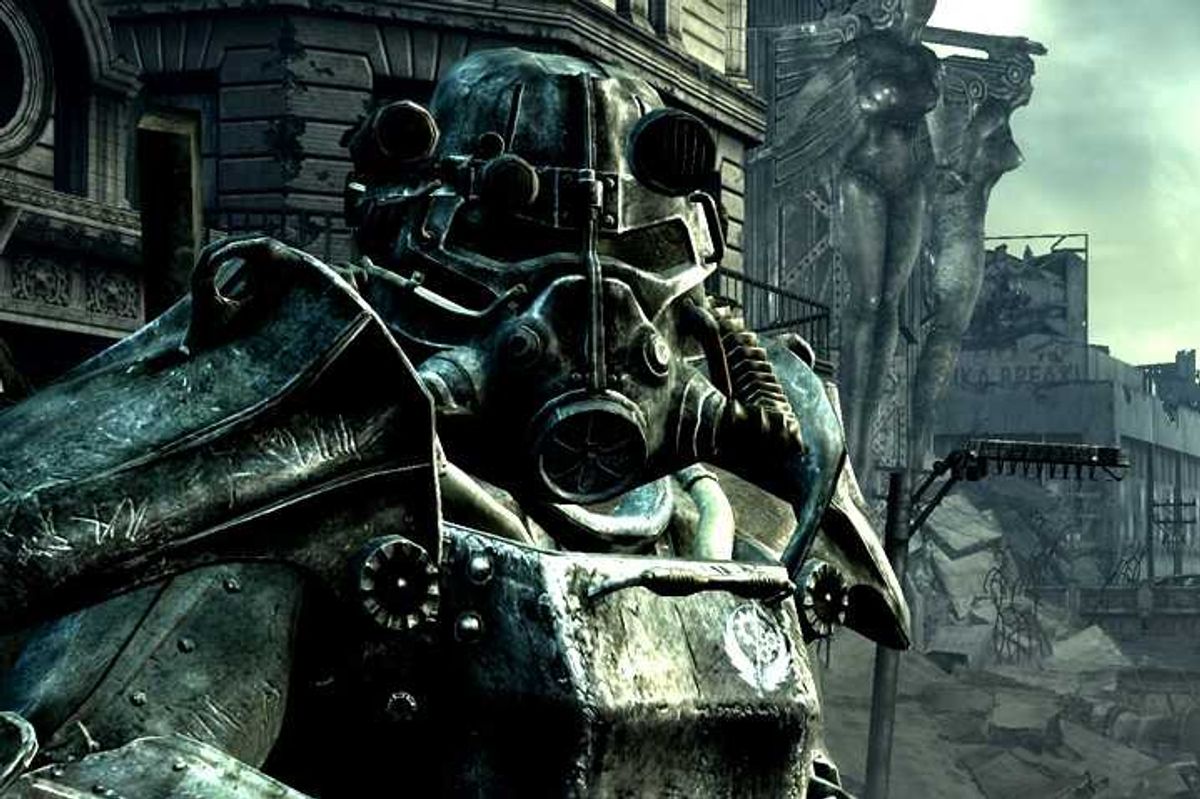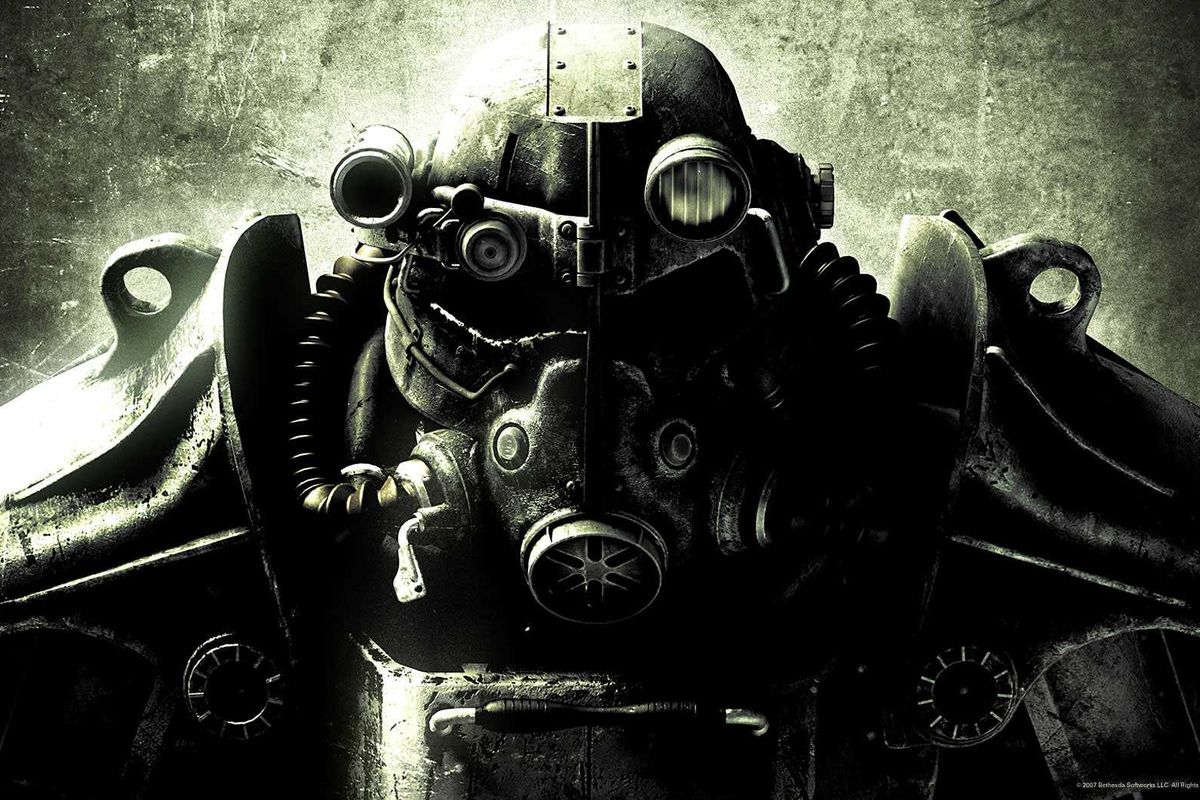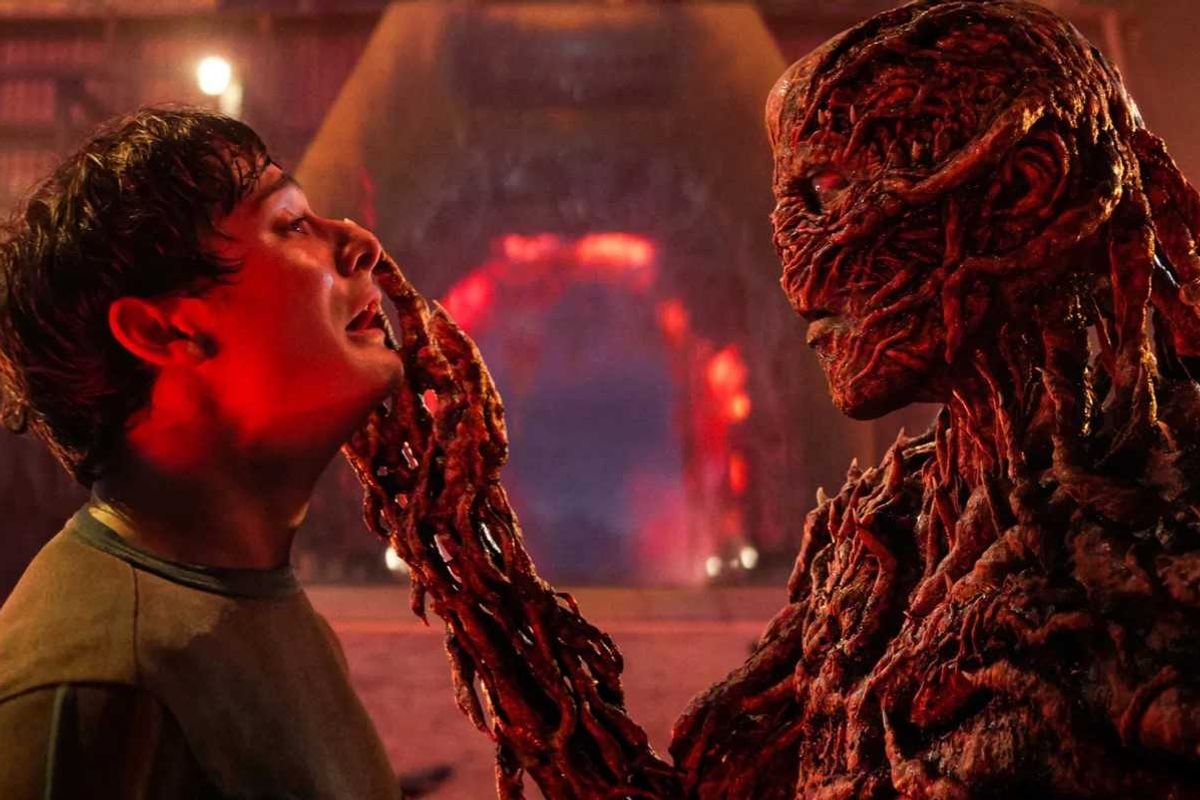Shayla Love
May 30, 2020
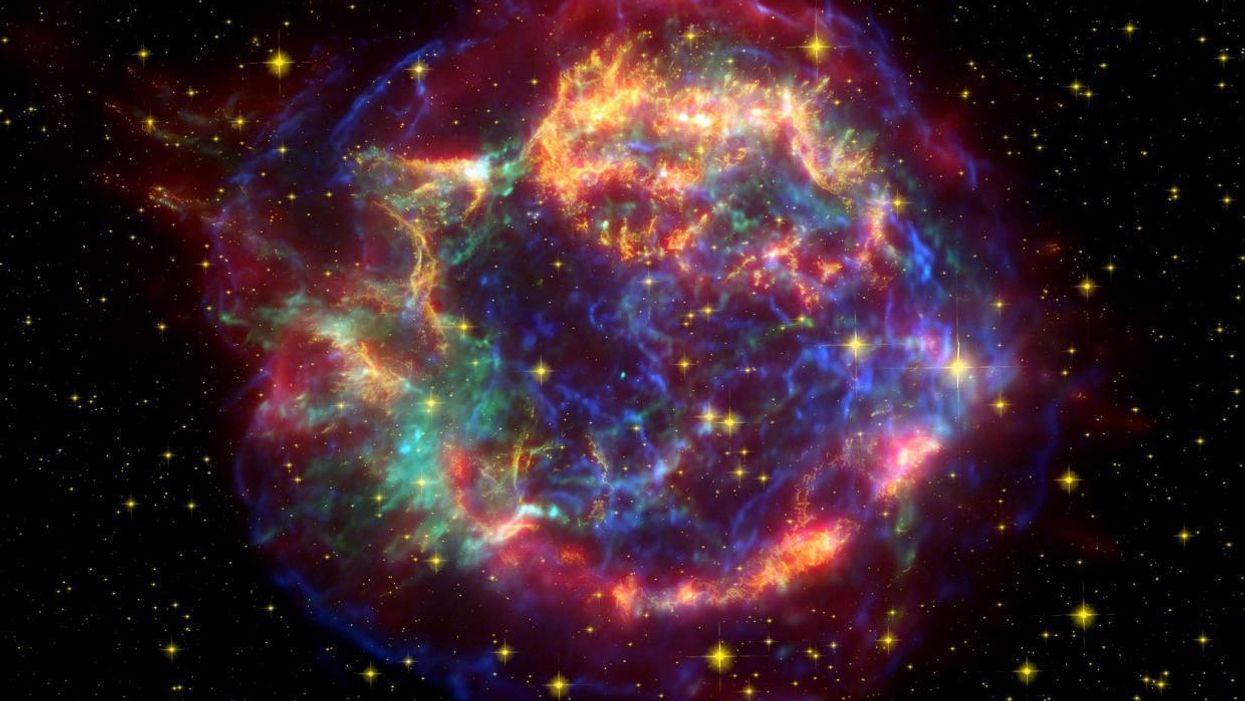
In 2006, Cheryl Nickerson sent a culture of salmonella bacteria for a ride on the space shuttle Atlantis. Eleven days later, she watched anxiously from the Kennedy Space Center in the dead of night as her bacteria returned safely.
Nickerson, a microbiologist at Arizona State University, and her team then infected hundreds of mice with the salmonella grown in space. At the same time, they infected hundreds of other mice with salmonella simultaneously grown on the ground. They had to work quickly before the bacteria lost the effects of space; it took them about three hours from the time the shuttle landed. Speaking to the Washington Post in 2016 she said:
You get one chance to get it right. We moved lightning fast.
After a few days, more of the mice with space-grown salmonella were getting sick. Normally, salmonella can kill a mouse in about seven days. The mice given the space salmonella started to die two days earlier, and at lower doses than normal.
It was the first time someone had definitively showed that bacteria became more dangerous after spaceflight.
It has been known for decades that something happens to microbes that leave planet Earth. Sometimes they grow faster and get better at causing disease. Just as often they do the opposite; slowing down and becoming less harmful. The biggest risk, experts say, is that the behavior is unpredictable. And when you send people to space -- people who are teeming with microbes -- there's little room for surprise.
Bacteria were some of the first life-forms sent into space. In 1960, a Russian satellite brought E. coli, Aerobacter aerogenes, and Staphylococcus into orbit and concluded that those organisms could live in microgravity. Over the next 50 years, NASA and other spaceflight programs discovered that not only could bacteria survive, sometimes they thrived.
In 1967, NASA launched Biosatellite II, with strains of E. coli and Salmonella typhimurium on board. They found that the cells cultured in orbit grew twice as much as those grown on the ground. In 1982, E. coli on the Soviet Salyut 7 space station increased its resistance to two types of antibiotics, colistin and kanamycin. Staph aureus increased resistance to other antibiotics: oxacillin, chloramphenicol and erythromycin.
But the results were inconsistent. Bacteria* called Bacillus subtilis cultured onboard Apollo 16 and 17 developed normal spores. The same bacteria on the Spollo-Soyuz Test Project in 1978 decreased spore formation. If researchers changed the nutrients bacteria were grown in, the results would be completely different.
In 2011, Mark Ott, a microbiologist at NASA's Johnson Space Center, found that Staph aureus grown in a bioreactor that simulates zero gravity appeared less virulent, though it increased production of biofilm, sticky clumps of bacteria. "It wanted to colonize and live in harmony rather than become a pathogen," he said. But the responses varied from pathogen to pathogen.
Ott's job is to keep astronauts safe from infection. "From a health-care perspective, it's a little nerve-racking," he said. "I want to be able to generalize about bacteria. I want to be able to say, this is what's causing it, and this is how we make sure it doesn't happen."
Microgravity is a dangerous environment. Astronauts can suffer loss of bone density, radiation poisoning and degraded vision. But many researchers now say that microgravity isn't what is changing bacteria. At least, not directly.
Nickerson theorizes that a force called "fluid shear" can explain many of the odd changes. In the body, bacteria are always interacting with liquids like blood, mucous or stomach fluid. These fluids apply a physical force, or shear, on the bacteria's outer membranes, like the force of water rushing over a rock at the bottom of a riverbed. Nickerson thinks that bacteria feel this shear from their surroundings and use it as a clue to how they should behave. Microgravity happens to be the ultimate low-shear environment.
People have varying levels of fluid shear in different parts of the body. Interestingly, places with low fluid shear include the intestinal tract, the respiratory area, and the urogenital area. Nickerson thinks it's not a coincidence that all three are common sites of infection.
The bacteria is sensing those shear levels and reprogramming itself to do what it needs to do to survive in those conditions.
David Klaus, an aerospace engineer at the University of Colorado at Boulder has been studying the relationship between gravity and bacteria for 25 years. He said fluid shear could also help explain increased antibiotic resistance in space cultures.
Klaus said:
That physical trigger alters the chemical environment around the cell. And the altered environment around the cell changes the biological response. There's no black magic there.
Since 2006, Nickerson has completed five bacteria experiments in space, and she just got funding for two more. In her bioreactors on Earth, which create low-fluid-shear conditions, Nickerson has also been able to replicate many of her results. She has identified one protein, Hfq, that regulates which genes are active in bacteria, and she thinks it may respond to changes in shear.
Others are working on how microgravity might disrupt the entry of nutrients to the bacteria. Space radiation doesn't seem to be a factor; it would cause mutations, which Nickerson hasn't seen yet in her in-flight samples. This is good news: So far, radiation in space is not creating a super bug. But Nickerson has only studied the effects of short-term flights. Her next project will look at longer durations.
It's important to understand how bacteria might change over greater periods of time if NASA sends humans to Mars in 2030, as it says it is planning to do. If so, the bacteria going with them will be in the astronauts themselves. "Humans are walking fermenters," said Kasthuri Venkateswaran, an astrobiologist at NASA's Jet Propulsion Laboratory.
People share their bodies with trillions of bacteria, and they're crucial to normal health and functioning. If Nickerson, Ott and others' work shows that bacteria can behave differently when their physical surroundings change, could it be possible that the bacteria astronauts bring with them to space will be affected?
Hernan Lorenzi, a researcher at the J. Craig Venter Institute, has been studying this very problem. For the past four years, he has collected samples from nine astronauts before, during and after long-duration missions. He is looking at the microbiomes of the nose, mouth, skin and gut to see what happens after spaceflight. He expected decreases in each area, since the environment was so sterile. In the nose, he was right. But in the gut, several strains of bacteria proliferated, and others decreased.
It's unclear what this would mean for human health. Several of the bacteria that are changing help prime the immune system. It's also been well documented that the immune system is compromised in space. Lorenzi worries that an astronaut will be more vulnerable to disease.
"Imagine a situation where one astronaut gets infected by a bacteria that you carry in your gut regularly, but becomes pathogenic because of some factor due to space," he said. "Usually the recommended therapy is you take an antibiotic to fight that bacteria. But when you do, you would kill most of your bacteria. How are you going to recover that microbiome once you eliminated most of the bacteria you had in the gut?"
For Nickerson, the most tantalizing thing about all this research actually has little to do with space or a trip to Mars. By seeing how bacteria, fungi and viruses respond to microgravity, they may learn new ways to combat them on Earth.
That is my endgame. I think space flight is a revolutionary approach to understand how biological systems operate. When you study these bacteria under extreme environments you really see how they're going to adapt and survive. The potential is enormous.
Earth-based infectious disease research rarely pays attention to the physical forces on bacteria, Nickerson said, even though it could play a role in how pathogens cause disease. Bacteria, like all biological beings, evolved to live in gravity. It's been one of the few constants since they emerged billions of years ago. Remove that, and some interesting things are bound to be happen.
"Bacteria are the most adaptive, the most changing, the most diverse group of living organisms we have," she said. "You hit them with some stress, and they're going to change like that."
"It was scary for a second," Stephanie Jaegers said. "But we're lucky and thankful that it turned out the way it did."
Top 100
The Conversation (0)
